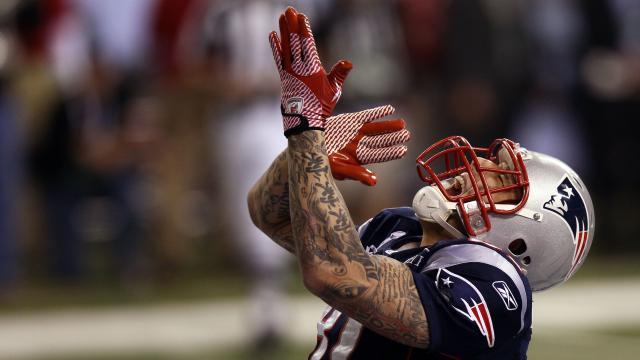Rough contact sports have a history of causing long-lasting injuries to players, with chronic traumatic encephalopathy (CTE) being a common injury in sports including American football (also known as gridiron), and even professional wrestling. The condition is linked to depression, aggression, and problems with impulse control. So, what is CTE?
What Causes CTE?
One hard hit to the head can cause an immediate brain injury, often taking the form of a concussion. But when somebody takes hits to the head frequently, over a period of years, that’s what seems to cause CTE.
Here’s how the Concussion Legacy Foundation describes it:
This doesn’t mean a handful of concussions: most people diagnosed with CTE suffered hundreds or thousands of head impacts over the course of many years playing contact sports or serving in the military. And it’s not just concussions: the best available evidence points towards sub-concussive impacts, or hits to the head that don’t cause full-blown concussions, as the biggest factor.
What Happens to the Brain in CTE?
The brains of people with CTE show shrinkage overall, and in specific areas like the medial temporal lobe, which plays a role in memory. Some parts of the brain show tangles of tau protein. We all have tau protein, but it forms tangled fibres in CTE and in certain other neurodegenerative diseases, like Alzheimer’s. Researchers are still learning how these tangles form and how they are linked to the symptoms people exhibit while they are still alive.
The severity of CTE is divided into four stages. The most common symptoms in each stage include:
- Stage 1: Headaches, attention problems.
- Stage 2: Depression, mood swings, short term memory loss.
- Stage 3: Memory loss, explosiveness, aggression. In one study, 75 per cent of people in this stage were considered cognitively impaired.
- Stage 4: Severe cognitive problems, memory loss, dementia. They may also have a Parkinson’s-like condition that affects their movements.
Does Every Sports Player Get CTE?
No, many don’t. And CTE has been found in other groups of people, too: for example, military veterans, boxers, and victims of abuse. Players with longer gridiron careers, and who started playing contact sports at younger ages, seem to be more likely to get CTE.
How Would I Know If I Have It?
So far, CTE has only been diagnosed after death, by examining the brain, so you can’t get a definitive diagnosis. Some football players with CTE-like symptoms have been diagnosed with amyotrophic lateral sclerosis (ALS), and CTE symptoms may also overlap with other conditions that affect the brain. Researchers are trying to find out how to pin down a diagnosis and then treat it. But for now, there is no specific treatment for CTE.
If you have symptoms like depression, memory loss, or poor impulse control, seek treatment but know that your providers will start by looking for other sources for those symptoms, and that there is no such thing (yet) as a CTE specific treatment. So if you are depressed, for example, you might end up getting the same treatment as depressed people without a history of head injury.
If you can, try to see a specialist who understands CTE.

Comments